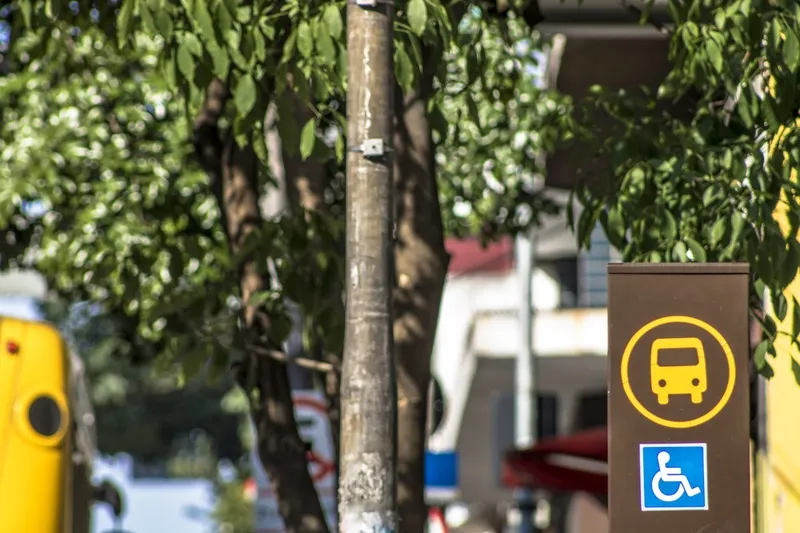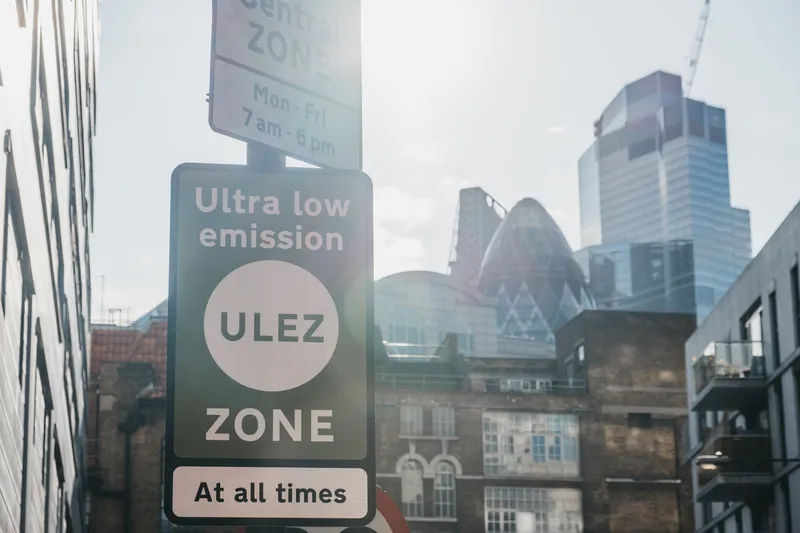In Oregon, gas-tax money funds about 58 per cent of the budget used to take care of the state’s roads. As vehicles become more fuel efficient, the gas tax, which is 30 cents a gallon in Oregon and 37 cents in Washington, will generate less and less money. “If we’re using gasoline and diesel sales to fund our transportation system, we’re going to be in big trouble,” said Patrick Cooney of the Oregon Department of Transportation (ODOT). Recognizing the problem early, Oregon started studying alternatives to th
February 11, 2013
Read time: 4 mins
In Oregon, gas-tax money funds about 58 per cent of the budget used to take care of the state’s roads. As vehicles become more fuel efficient, the gas tax, which is 30 cents a gallon in Oregon and 37 cents in Washington, will generate less and less money.
“If we’re using gasoline and diesel sales to fund our transportation system, we’re going to be in big trouble,” said Patrick Cooney of the5837 Oregon Department of Transportation (ODOT).
Recognizing the problem early, Oregon started studying alternatives to the gas tax in 2001. The state conducted its first pilot project in 2006, testing new technology that used GPS to charge people for how many miles they drove.
“It caught the attention of the nation because nobody had ever heard of such a thing before,” said Jim Whitty, who manages ODOT’s office of innovative partnerships and alternative funding.
That pilot project proved the technology worked, but concerns about privacy followed, prompting Oregon to dramatically redesign the project taking place today.
One option, called the advanced option, still uses a device that has GPS. The device can actually tell if vehicles are driving out of state or on private roads, so drivers are only charged for the miles they drive on Oregon’s public roads.
Around fifty Oregon drivers are currently testing that option, technology that could one day replace the gas tax with a system requiring people to pay a small fee for every mile they drive, an idea known as a road user charge.
Mary Olson, who sits on Oregon’s Transportation Commission and is one of the drivers testing the technology, says “I’m very proud of the state of Oregon for being a leader on this. In order to maintain our transportation system, we need to come up with an alternative to the gas tax.” But Olson understands that option is not for everyone. “You have the privacy issues, and they’re not to be dismissed,” she said.
Oregon is also testing other options, such as the ‘basic option’, which has GPS, where the device acts like an odometer that simply counts miles, meaning it does not give drivers credit for leaving the state, so they pay for every mile driven.
A third option links to the GPS that is already in drivers’ smartphones. “If drivers want to leave the state, they simply activate the app in their phone and those out-of-state miles are excluded from taxation”, Whitty said.
Those who want to skip the technology altogether can simply pay an annual flat fee, although that charge might be higher than what they would pay if they used a device.
“By giving people choices, you get greater acceptance,” Whitty said. “You also solve the privacy issue because now the government is not picking a box that everyone is suspicious about.”
In fact, all of the GPS options are administered by a private company, so the Oregon government has no access to drivers’ coordinates, Whitty pointed out.
Oregon could turn the program into law this year. The state legislature will consider a bill that would require vehicles getting at least fifty-five miles a gallon to start paying the road user charge. It would only apply to vehicles made in 2015 or later because Oregon wants to gently transition into this new system over the course of many years.
“It’s going to be a debate, but I think it’s one that we’ll be able to come to a consensus on,” said Rep. Tobias Read, D-Beaverton, who is also taking part in the pilot project.
Electric vehicles owners are paying close attention to the issue. They currently pay no gas tax, but still use public roads. Some feel that should be their reward for investing in such an efficient, environmentally friendly vehicle.
While Washington is a few years behind Oregon in studying this issue, WSDOT is paying close attention to Oregon’s pilot, which currently has about twenty people from Washington taking part.
“If we’re using gasoline and diesel sales to fund our transportation system, we’re going to be in big trouble,” said Patrick Cooney of the
Recognizing the problem early, Oregon started studying alternatives to the gas tax in 2001. The state conducted its first pilot project in 2006, testing new technology that used GPS to charge people for how many miles they drove.
“It caught the attention of the nation because nobody had ever heard of such a thing before,” said Jim Whitty, who manages ODOT’s office of innovative partnerships and alternative funding.
That pilot project proved the technology worked, but concerns about privacy followed, prompting Oregon to dramatically redesign the project taking place today.
One option, called the advanced option, still uses a device that has GPS. The device can actually tell if vehicles are driving out of state or on private roads, so drivers are only charged for the miles they drive on Oregon’s public roads.
Around fifty Oregon drivers are currently testing that option, technology that could one day replace the gas tax with a system requiring people to pay a small fee for every mile they drive, an idea known as a road user charge.
Mary Olson, who sits on Oregon’s Transportation Commission and is one of the drivers testing the technology, says “I’m very proud of the state of Oregon for being a leader on this. In order to maintain our transportation system, we need to come up with an alternative to the gas tax.” But Olson understands that option is not for everyone. “You have the privacy issues, and they’re not to be dismissed,” she said.
Oregon is also testing other options, such as the ‘basic option’, which has GPS, where the device acts like an odometer that simply counts miles, meaning it does not give drivers credit for leaving the state, so they pay for every mile driven.
A third option links to the GPS that is already in drivers’ smartphones. “If drivers want to leave the state, they simply activate the app in their phone and those out-of-state miles are excluded from taxation”, Whitty said.
Those who want to skip the technology altogether can simply pay an annual flat fee, although that charge might be higher than what they would pay if they used a device.
“By giving people choices, you get greater acceptance,” Whitty said. “You also solve the privacy issue because now the government is not picking a box that everyone is suspicious about.”
In fact, all of the GPS options are administered by a private company, so the Oregon government has no access to drivers’ coordinates, Whitty pointed out.
Oregon could turn the program into law this year. The state legislature will consider a bill that would require vehicles getting at least fifty-five miles a gallon to start paying the road user charge. It would only apply to vehicles made in 2015 or later because Oregon wants to gently transition into this new system over the course of many years.
“It’s going to be a debate, but I think it’s one that we’ll be able to come to a consensus on,” said Rep. Tobias Read, D-Beaverton, who is also taking part in the pilot project.
Electric vehicles owners are paying close attention to the issue. They currently pay no gas tax, but still use public roads. Some feel that should be their reward for investing in such an efficient, environmentally friendly vehicle.
While Washington is a few years behind Oregon in studying this issue, WSDOT is paying close attention to Oregon’s pilot, which currently has about twenty people from Washington taking part.










